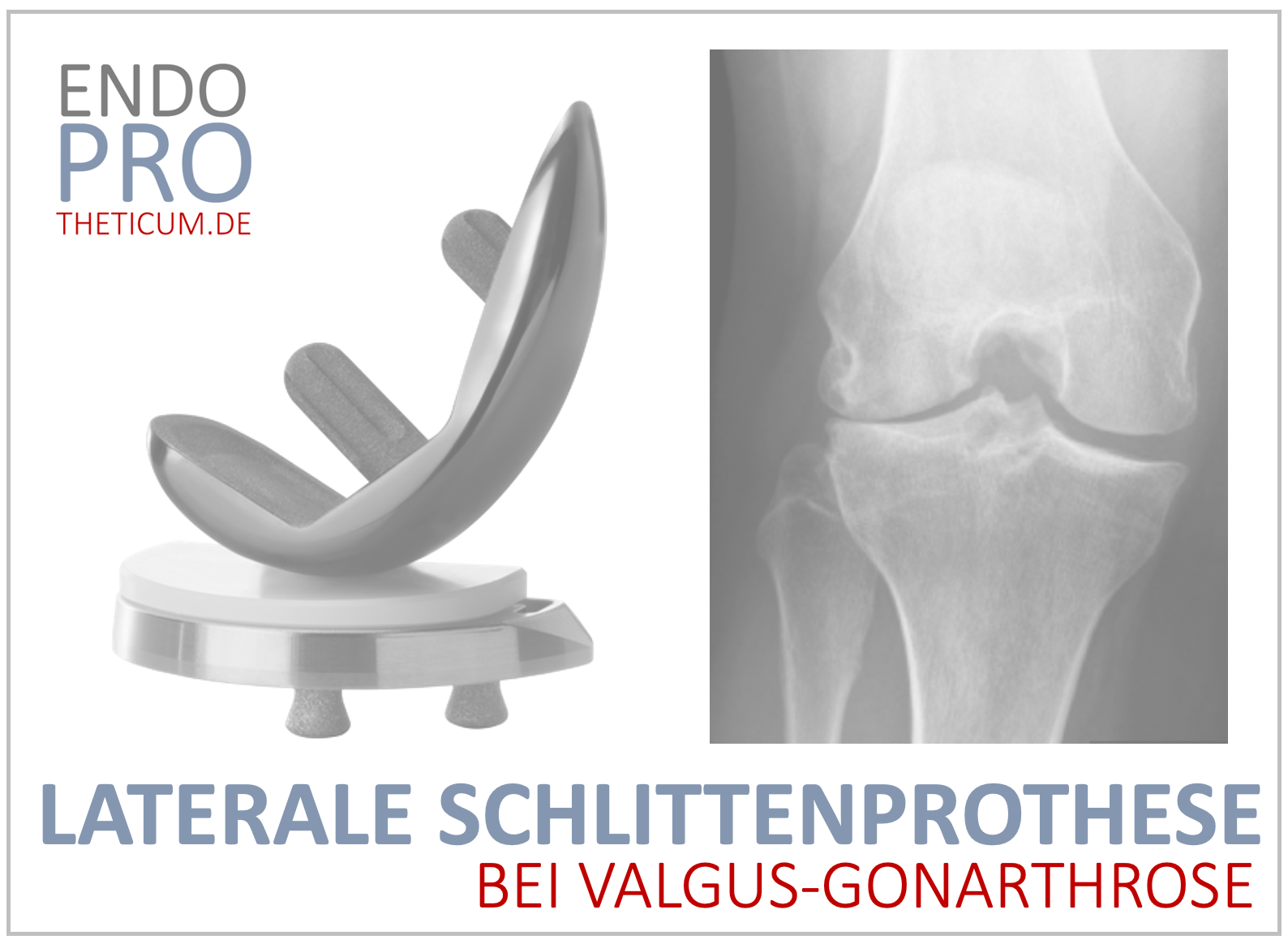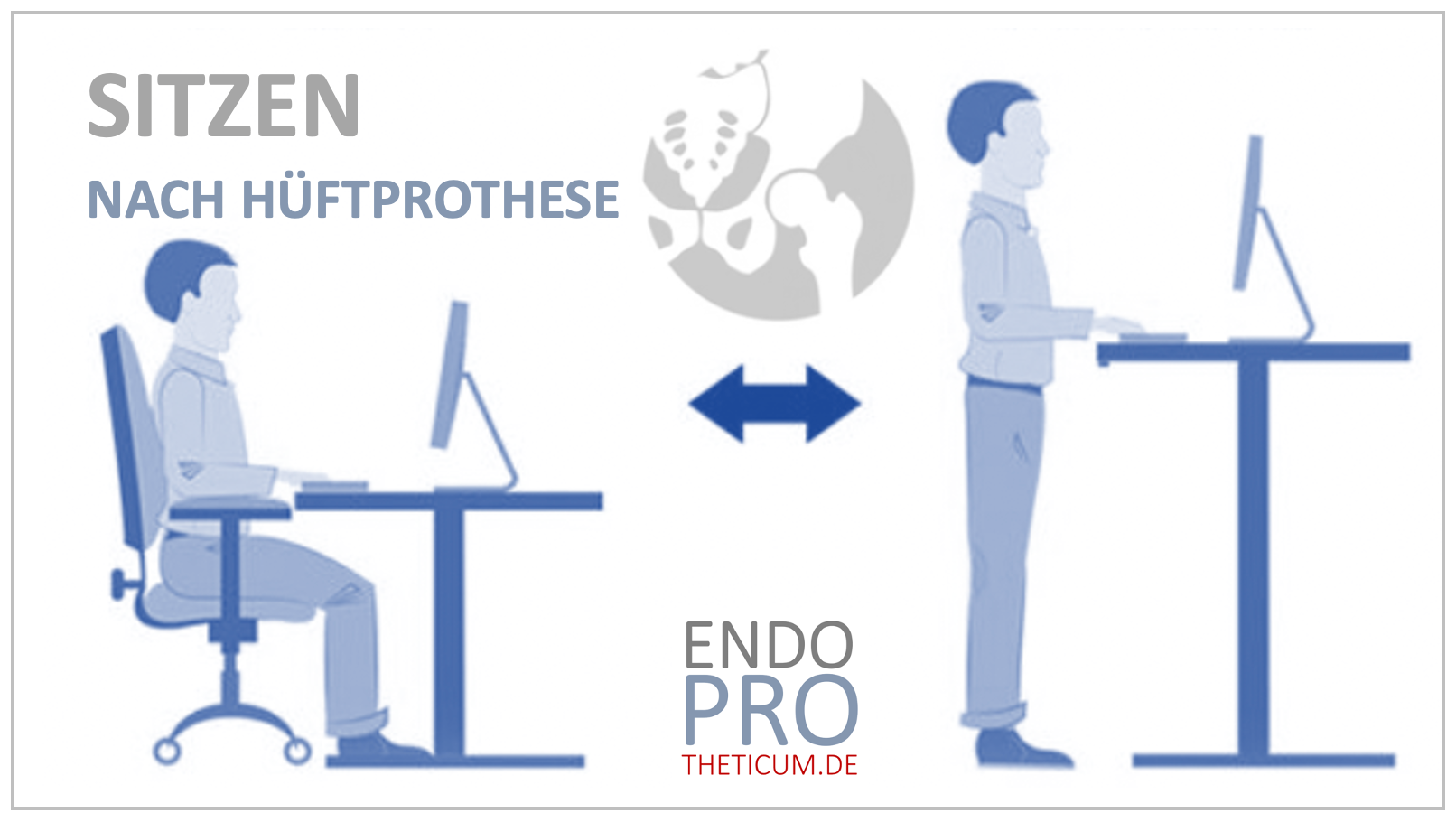Let's dance-dancing with artificial joint (hip tep; Knie-Tep)
Joy of dancing despite the hip prosthesis or knee prosthesis -
This is how the return to the floor succeeds

Dancing is much more than just movement. It is an expression of joie de vivre, culture and community. Regardless of whether waltzes, salsa, discofox or tango, ballet or modern dance such as jazz, hip hop or modern dance - dancing brings people together, promotes physical fitness and strengthens mental well -being. But what happens if joint problems, especially on the hip or knee, make dancing difficult or even impossible?
Thanks to the latest medical developments and innovative endoprostheses, dancing for many people is also possible for many people with an artificial hip or knee joint (hip tea)-often even pain-free and with a full range of motion. In this comprehensive blog post, we shed light on how modern implants, especially hip and knee prostheses, enable dancing. In this way, we also address the advantages of short -sided prostheses on the hip and the specific challenges with knee prostheses.
Why dancing is so healthy - for body and mind
Dancing is not only a wonderful hobby, but also brings numerous health benefits. Especially for people with artificial joints, dancing can be an effective way to get in motion again after the operation. The most important health advantages of dancing include:
- Cardiovascular fitness : dancing improves endurance and strengthens the cardiovascular system.
- Building muscle and coordination : Regular dance movements strengthen the muscles, improve coordination and increase mobility.
- Weight management : Dancing is effective endurance training that helps to burn calories and control the weight - an important factor in relief for the joints.
- Mental health : Dancing promotes the release of endorphins, which reduces stress and raises the mood. In addition, learning choreographies demands the brain and strengthens memory.
- Social interaction : Whether in the dance course, in the club or at the dance evening - dancing connects people and strengthens the sense of community.
Joint problems as an obstacle for dancers - and how modern endoprostheses help
Osteoarthritis, injuries or degenerative diseases can massively affect the joint function. The hip and knee joints are particularly often affected- two joints that are extremely stressed when dancing. Symptoms such as pain, stiffness, swelling and movement restrictions often cause those affected to set their dance activities. But that doesn't have to be!
Thanks to modern endoprosthetics (the use of artificial joints), many patients can regain their mobility and quality of life. Hip and knee prostheses are developed today that they offer high functionality, stability and durability- even with sporting activities such as dancing.
Modern endoprosthetics: a way back to dancing
Medicine has made enormous progress in recent decades. Artificial joints, also called endoprostheses, enable many people to live an active life again. Hip and knee prostheses in particular are developed today in such a way that they offer high functionality and durability.
Dancing after a joint operation - what is possible?
Why is dancing after an operation is good for body and soul
Dancing is not only a leisure activity - it is also an excellent form of full body training. It offers numerous advantages for patients with an artificial joint:
- Improvement of mobility : dancing demands gentle, flowing movements that help keep the new joint smooth.
- Strengthening the muscles : The stabilizing muscles around the hip or knee joint are strengthened.
- Coordination and balance : Dancing trains balance and motor control, which can prevent falls.
- Mental health : dancing makes you happy! Music and movement lower the stress level and increase the quality of life.
When can you dance again after the artificial joint?
As a rule, it takes about 3 to 6 months after a hip or knee prosthesis surgery to dance again. It is important that the muscles are sufficiently stabilized and the doctor gives the green light. Gentle dances such as waltzes, foxtrot or discoofox are usually the better choice than fast, jerky dance styles such as hip-hop or rock'n'roll.
Dancing with a hip prosthesis
Hip prostheses: structure and function
A hip prosthesis (hip-tep) replaces the natural hip joint and typically consists of three main components:
- Schaft : Is anchored in the thigh bone and wears the prosthesis head.
- Head : spherical and fits in the pan; enables mobility.
- Pan : If you are anchored in the pool and form the joint pan.
These components consist of biocompatible materials such as metal alloys, ceramics or polyethylene that ensure long durability.
Why a short sector is ideal for dancers
In the case of hip prostheses, the short sector has proven to be particularly advantageous in recent years - especially for active people who like to dance. Compared to conventional shaft prostheses, it offers several advantages:
- Bone -gentle implantation : Less bone substance must be removed, which improves later mobility.
- Anatomically better adapted : the natural movement sequence is largely preserved.
- Lighter revision surgery : If an exchange operation is necessary after many years, it is easier to carry out.
What should dancers pay attention to with hip prosthesis
- Check the step width : Large rash steps unnecessarily strain the hips. Smaller, even movements are better.
- Run rotation gently : jerky rotations can strain the joint. Flowing movements are ideal.
- Planning breaks : Even if the joy is great - the new joint needs relaxation in between.
Dancing with a knee prosthesis
Knee prostheses: structure and function
A knee prosthesis (knee-tep) replaces the damaged joint surfaces of the knee and consists of:
- Femur component : metal implant that replaces the joint surface of the thigh bone.
- Tibi -component : metal plate that is attached to the shin bone.
- Patella component : plastic implant that replaces the back of the kneecap.
Here, too, durable materials are used to ensure optimal function and durability.
How modern knee prostheses are suitable for dancers
Thanks to the further development of knee prostheses, patients are more mobile than ever before. Particularly decoupled systems or sled prostheses offer high mobility with maximum stability.
Tips for knee prosthesis wearers when dancing
- Uniform stress : The weight should be well distributed when dancing to avoid one -sided overload.
- Control flexion and extension : Extreme flexible gives are problematic according to knee surgeries. Dances with gentle squar movements are better.
- Good footwear : non -slip, well -steamed shoes offer hold and protect the knee.
Rehabilitation according to joint replacement: the way back to dancing
After the implantation of an artificial joint, rehabilitation is crucial for the success of the operation and the resumption of activities such as dancing. An individually adapted rehabilitation program includes:
- Physiotherapy : Exercises to strengthen the muscles and improve mobility.
- Gang school : Training of the normal gait and balance.
- Specific dance exercises : gradual introduction to dance -specific movements under guidance.
The duration of rehabilitation varies individually, but many patients can start dancing a few months after the hip prosthesis or knee prosthesis.
Advantages of modern implants for dancers
Modern hip and knee prostheses offer numerous advantages that are particularly relevant for dancers:
- High mobility : enable a wide range of movements that are required for different dance styles.
- Stability : Reduce the risk of dislocations or instabilities during dynamic movements.
- Longevity : Modern materials and designs increase the durability of the implants, even with high stress.
Recommendations for dancers with artificial joint
The following recommendations apply to dancers who have received a hip or knee prosthesis:
- Individual advice : coordination of the dance activities with the treating doctor or physiotherapist.
- Adapted dance styles : start with less stressful dance styles and gradually increasing the intensity.
- Warming and stretching : Thorough warm-up and stretching exercises should be carried out before every training or appearance in order to prevent injuries.
Thanks to the progress in the endoprosthetics and the development of modern implants, especially the short -time prosthesis, many people with artificial joints can dance painlessly again. Careful planning, individual rehabilitation and the right choice of the implant are crucial for success. Dancing with artificial joint is not only possible today, but for many patients a return to quality of life and joy.
🎯 Recommended dance styles with artificial joint
- Standard dances (e.g. slow waltz, foxtrot, tango)
- Why? Flowing, controlled movements at a moderate pace relieve the hip and knee.
- What to pay attention to? No slope lengths and no jerky turning.
- Latin American dances (e.g. Rumba, Salsa)
- Why? These dances have hip movements, but the pace can be adapted to your own well -being.
- What to pay attention to? Conscious and controlled rotations, no jerky hip movements.
- Social dances (e.g. Discofox)
- Why? Rhythmic, easy to learn and versatile- suitable for people with knee or hip prosthesis.
- What to pay attention to? Avoid the "train" in dance posture because the train weight is transferred to the joint.
- Line dance
- Why? No partner necessary, no sudden movements. Straight sequences can be adapted to your own pace.
- What to pay attention to? No jumps or abrupt change of direction.
- Ballroom and fashion dances (e.g. Slowfox, blues)
- Why? Soft movements, little load on the operated joint.
- What to pay attention to? Preserve the attitude because one -sided stress due to imbalances could have a negative impact.
❗ Dance styles with possible restrictions:
- Jive, Rock'n'Roll, Boogie Woogie - very stressful because of the many jumps and fast turns.
- Hip-hop or break dance -abrupt, deep movements and jumps are not gentle on the joints.
- Zumba -good for the cardiovascular system, but the quick pace and the turns can be problematic.
✅ General tips for safe dancing with artificial joint:
- Do not forget warm-up and stretch -the muscles remain smooth and the joint is better supplied with blood.
- Listen to the body - do not force movement, pause in pain.
- Choose good footwear - no slippery soles, but also no adhesive (e.g. rubber soles). Dance shoes with slight rotation are optimal.
- Inform dance partners -especially with couple dances, the partner should know that more carefully must be danced.
- Take breaks - rather several short dance units than a too long that overwhelms the joint.
Conclusion: dancing is possible with an artificial joint - and makes you happy!
With the right implants, in particular the short -time prosthesis on the hip, and a well thought -out rehabilitation is in the way of dance pleasure. The joy of movement, music and conviviality contributes significantly to the quality of life. If you adhere to the recommended movements, listen to your body and plan breaks, you can dance through life lively despite the artificial joint.
So: Let's dance!
MAKE AN APPOINTMENT?
You are welcome to make an appointment either by phone or online .



























